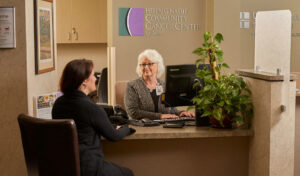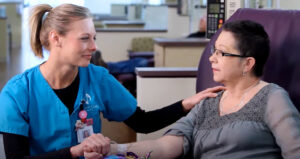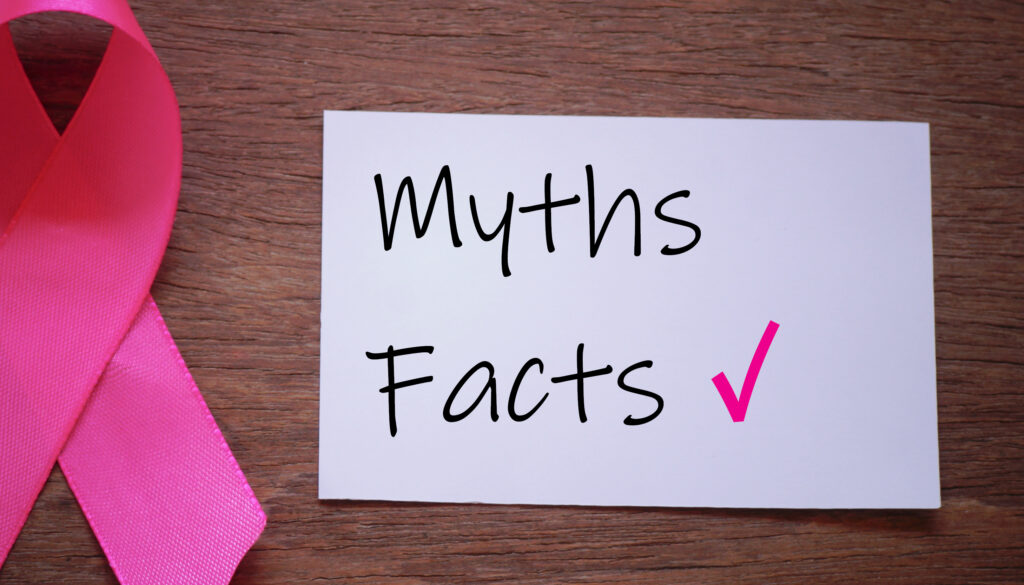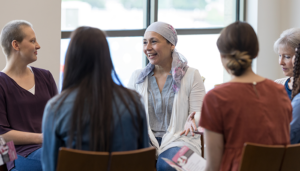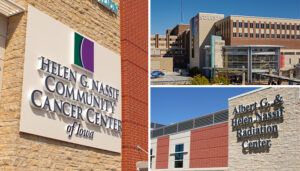When it comes to breast cancer and breast cancer screening, there are various myths about screening methods, radiation exposure, family history and more. In recognition of Breast Cancer Awareness Month in October, Therese Michels, manager at St. Luke’s Breast and Bone Health, addresses some of the most common misconceptions related to breast cancer screening.
Myth #1: Getting a mammogram is dangerous because of radiation exposure.
FACT: The amount of radiation you get from a mammogram is tiny, much smaller than the amount you would get from an average x-ray or even from your natural surroundings. Our mammogram machines have protective barriers in place, which minimizes your overall exposure. Additionally, these machines are tested annually by a physicist to ensure the exposure remains within standards.
Using compression also means less exposure, as there is less tissue to penetrate. The goal of screening mammography is early detection of a developing cancer, which can have a 99 percent treatment rate if found early. Mammography can find these smaller cancers years in advance when compared to feeling it on the outside (such as finding a lump during a self-exam). The benefits of early detection certainly outweigh any risks.
Myth #2: Compression of the breast during the mammogram is bad for you.
FACT: Though compression can be uncomfortable, it’s a benefit in many ways. First, compression helps by spreading the tissue so it’s not so condensed in one area, allowing the radiologist to see through the thicker tissue. This allows them to see the smallest structures and increases the chance of finding a cancer earlier. It also allows less exposure time when taking an image.
Myth #3: Breast cancer doesn’t run in my family, so I don’t need a mammogram.
FACT: Your first risk is that you are female. About 75 percent of breast cancers are found in those who have no family history, though having a family history of breast cancer can increase your risk. You should always consult your provider when it comes to what age to start having mammograms and how often.
Hear From Our Experts
Breast Cancer Screening
PODCAST EPISODE: 276
In this episode, Therese Michels, manager of St. Luke’s Breast and Bone Health, joins Dr. Arnold to dispel some common myths about mammograms and breast cancer screening.
Myth #4: I should just skip the mammogram and get a breast ultrasound instead.
FACT: Mammography is still the gold standard for detecting breast cancer and should be used first when it comes to screening, as it shows the overall view of the breast tissue, whereas ultrasound shows/highlights a smaller area.
For instance, if you walk into a room and turn on the light, you can see the entire room, much like how a mammogram shows the entire breast. If you walk into a room and turn on a flashlight, you can see the area that you shine the flashlight on, much like a breast ultrasound highlights a certain area. Both mammography and ultrasound complement each other in different ways. Ultrasound is used more for smaller areas that are found on a mammogram and can also be used as a secondary exam for dense breast tissue, which is also initially found on a mammogram.
Myth #5: If I have to come back for more images after my screening mammogram, that means the technologist didn’t get the right images the first time.
FACT: This is false 98 percent of the time. If you get called back from your screening mammogram, that means the radiologist has seen a change in your tissue from your prior imaging, or one breast has different tissue make-up compared to your other side. We consider a change or dense tissue a “finding,” much like when one of your lab results come back out of normal range. When you see a change, that area needs to be further investigated to make sure it’s a normal change, and not a change that may conclude a smaller cancer is starting to develop. For the 2 percent of those that get called back due to other reasons, most of those are due to motion on the image or needing more tissue, in which you will not be charged for.
Get Your Annual Screening Mammogram
It’s recommended women start with a baseline mammogram between the ages of 35-40, then start annual screening mammograms at age 40, or sooner if there’s a family history of breast cancer. Talk to your provider or call (319) 369-7216 to schedule your mammogram at one of St. Luke’s Breast and Bone Health’s three convenient locations. You can also request a mammogram here. St. Luke’s Breast and Bone Health also offers walk-in mammograms Monday through Friday from 9 a.m. – 3 p.m., with a doctor’s order.
Face Breast Cancer with Confidence
If you’ve been diagnosed with breast cancer, or any type of cancer, the Nassif Community Cancer is here for you. For more information on our extensive offering of support services, call (319) 558-4876 or visit communitycancercenter.org.
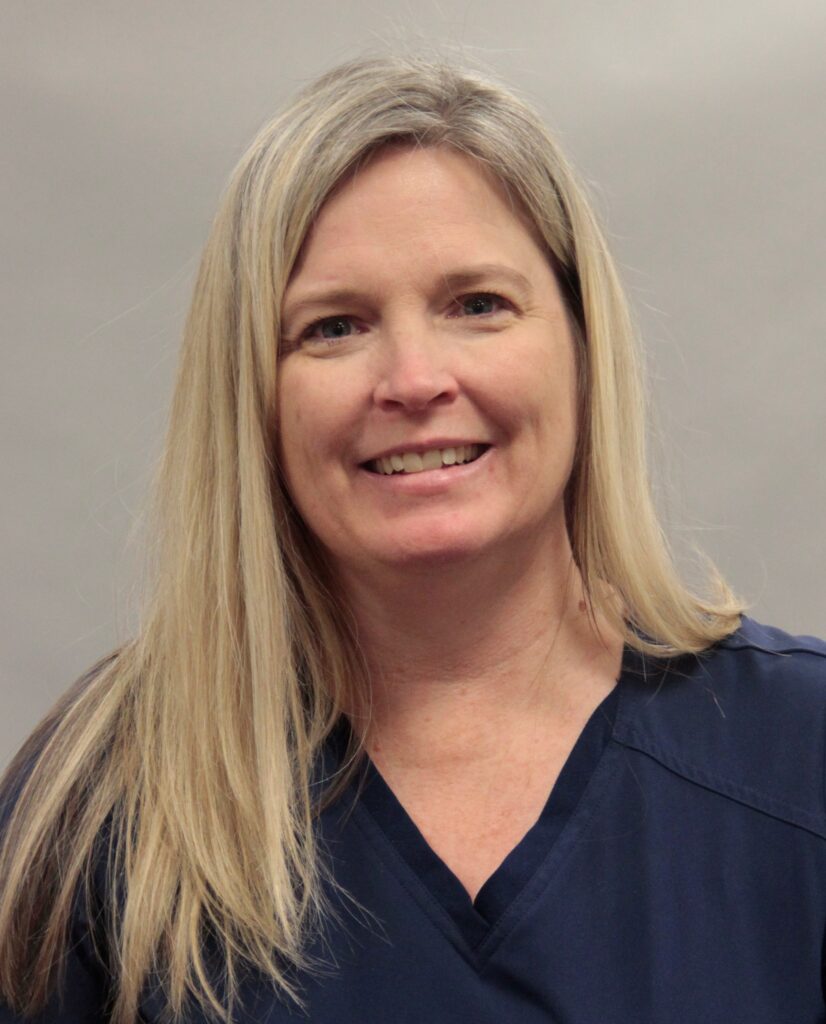
Therese Michels
R.T.(R)(M)(BD)
Therese started at St. Luke’s Breast and Bone Health in 2001 and worked there until 2009. In 2015, she returned to Iowa and the St. Luke’s Breast and Bone Health team.
